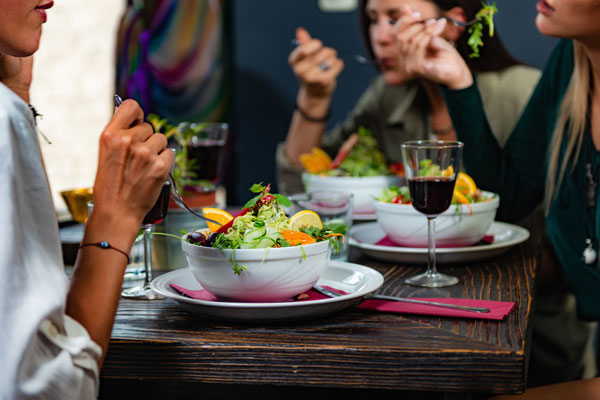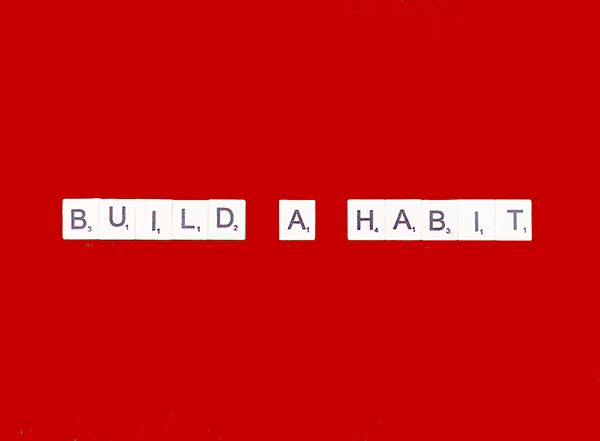Cooling Food in Your Operation: Best Practices
Earlier in the month, I talked a bit about safely thawing food and, in my discussion, I mentioned that thawing and cooling were both problematic practices in the industry that can lead to a foodborne illness outbreak if not done properly. So, I thought I might talk briefly about cooling food. I know we have talked about it previously in our blogs, but it is a very important topic and thus warrants a quick review.
When I started in the industry, I remember the lead prep cook giving me an overview of how “we” safely cooled food at the restaurant. For example, when we took the soup out of the steam jacketed kettle, we would divide it into multiple 2-gallon square storage containers and let it sit on the counter for an hour or two to start the initial cooling. I was instructed we didn’t want to warm up the walk-in cooler too much by placing that hot soup in the cooler immediately. Then, we put in in the cooler, sometimes covered, sometimes not. It all depended on when the morning cooks were leaving that day. If we had a few hours and could cover them up before leaving, we would leave the lid on askew and close before leaving. If we were on our way out the door, the lid was placed tightly on the soup. Looking back with 20/20 vision, it is amazing how far we, as an industry, have come in our knowledge of food safety. Those practices with today’s vision seem archaic, but it was the early-90s and we were nowhere near as advanced and knowledgeable about proper food safety practices as we are now.
When food is cooked, it reaches temperatures that kill most bacteria and pathogens. However, when hot food is left at room temperature for too long, bacteria can begin to grow again. This is the case when we are cooling food – when food must pass through the ol’ Temperature Danger Zone between 41°F and 135°F. Bacteria multiply rapidly in this range, which can result in food becoming unsafe. When cooling, our goal is to pass the food through this zone as quickly as possible.
…when hot food is left in the ol’ Temperature Danger Zone, bacteria multiply rapidly. When cooling, our goal is to pass the food through this zone as quickly as possible.
In the food code, the Food and Drug Administration (FDA) defines proper cooling with time and hour benchmarks. They note that hot food should be cooled from 135°F to 70°F within two hours, and then below 41°F within a total of six hours.
These benchmarks are easy to achieve if you use a blast chiller. But not everyone has the resources to purchase one. Thus, here are some best practice recommendations for cooling food:
Cool Food in Small Portions and Use Shallow Containers
Large pots of soup or stew take longer to cool down than smaller containers of food. Our method of cooling two gallons of soup at the restaurant, I now know was never going to cool in the recommended time. To ensure that food cools down quickly, divide it into smaller portions – one gallon or less. Or pour large pots of liquid food into shallow pans or containers. This allows heat to escape faster and cools the food more evenly.
Use Ice Baths for Fast Cooling
For foods like soup, stew, or sauce, you can use an ice bath to rapidly cool the food down. Fill a larger container with ice and water, then place the food container into the ice bath. Stir the food occasionally to speed up the cooling process and keep the food safe. It is important to remember that this is an active cooling process and that the ice must be replaced as it melts and the food must be stirred. If you let the ice bath warm to the temperature as the product cools, you are simply creating more product to cool below 41°F.
Another option is to use ice wands, such as a the Rapi-Kool Cold Paddle, to quickly cool food. But, again, it is important to remember that this is an active cooling process. We’ve done studies where we’ve utilized the ice wand in the middle of a three-gallon pot of chili and once that ice wand melted and warmed to the temperature of the surrounding liquid, it extended the cooling time dramatically, taking 26 total hours to cool the product below 41°F. Active cooling is key if you plan to use it.
Last, but not least, use a thermometer to make sure food has cooled down to a safe temperature. Test your methods and make sure your cooling process works well for your foodservice system. What works for some may not work for all due to the differences in refrigeration units. Risk Nothing.
READ MORE POSTS
What is the Greatest Threat to Food Safety?
What is the Greatest Threat to Food Safety?
Food Safety Considerations for the “New Way” of Dining, Part II – Back-of-house
In our first blog this month, we discussed the importance of front-of-house practices as we emerge from the pandemic this summer and into fall. Making your guests feel safe will be an important point as we welcome them back to our establishment. The safer they feel, the more likely they are to revisit and this could, in turn, be a competitive advantage for your business.
Food Safety Considerations for the “New Way” of Dining
Spring is my favorite time of year, as we head out of the winter months, welcome warmer weather, and increase the daylight hours. As such, we turnover a new leaf and welcome new life as our grass, trees, and perennials come out of dormancy. This year as the Coronavirus vaccine continues its roll out and we welcome a third vaccine onto the market this morning, perhaps this spring we are turning over a ‘new leaf’ in a much more profound way, as we see light at the end of the Coronavirus tunnel.
Developing Good Food Safety Habits
Good habits and habit development are something that has fascinated me for several years. If you’ve attended any the training programs or presentations that my colleagues and I have conducted through our Center for Food Safety in Child Nutrition Programs, you’ve likely heard me opine about the importance of habits and how habits are created. Many times, in foodservice operations we wonder why our staff don’t follow the food safety practices we have established in our operation. Perhaps they don’t wash their hands when they are required, perhaps they just don’t use the proper method of handwashing, or perhaps we find that they don’t complete our HACCP logs as often as our program dictates should occur. And while we can stomp our feet and say “it is their job, they should just do it”, it really isn’t that simple. We can’t order people to change, although if we could, business and human resources would be so much simpler.










